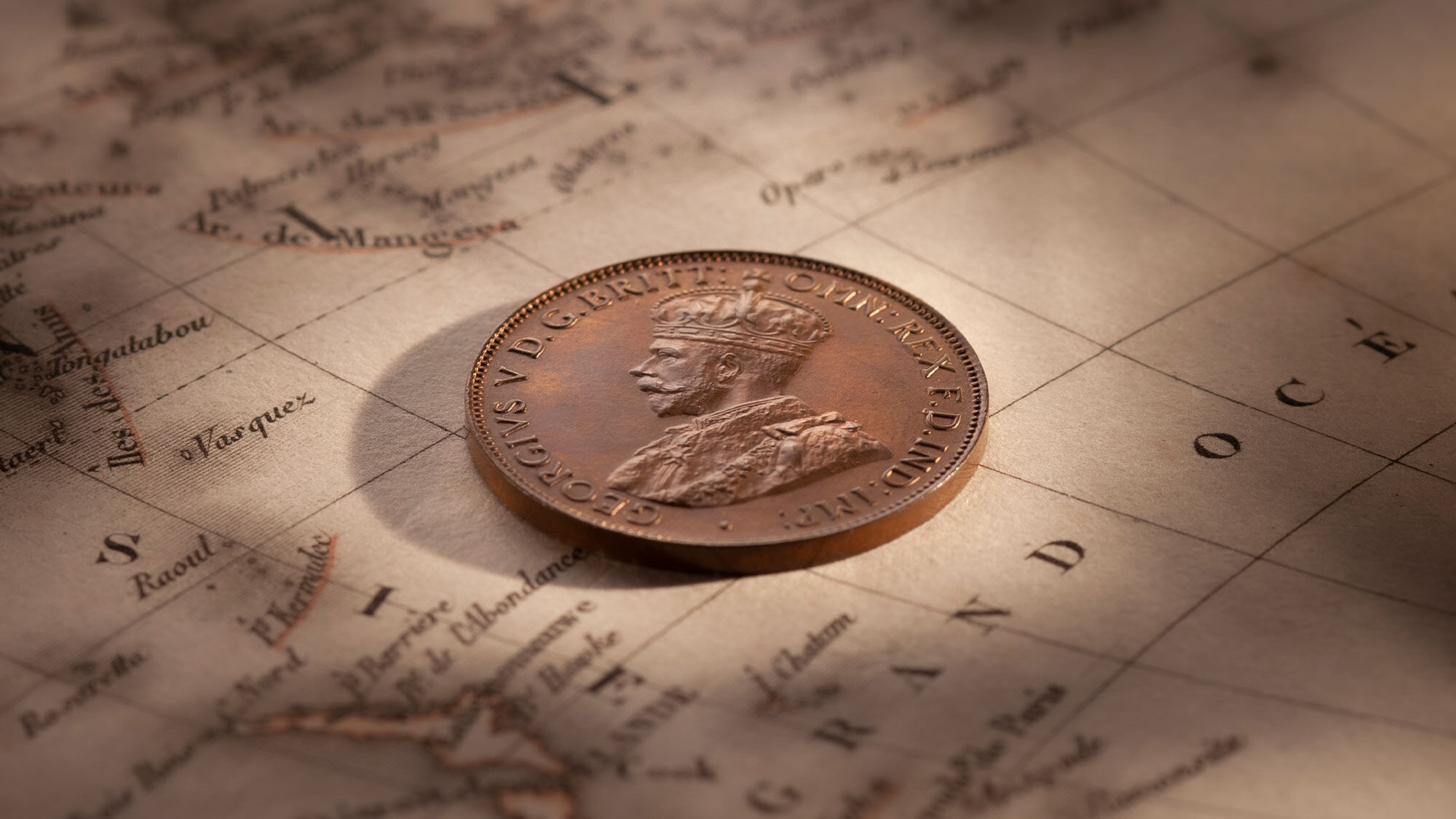The Proof 1923 Halfpenny, a unique Presentation Piece of Australia's rarest halfpenny


Proof coins are prestigious. And proof coins are extremely rare.
And if they have been carefully preserved, proof coins are spectacular to look at with pristine edge denticles, a highly detailed design set against a backdrop of superb, smooth and highly reflective fields.
Under careful examination, proof coins will also show striations in the fields, a by-product of the intensive die preparation involved in proof coining.
Place a proof coin next to an Uncirculated coin and the differences are clear, even to the naked eye.
Proofs command respect and they command admiration.
Ask collectors why they pursue proof coins over circulating currency and the prestige of owning a proof coin is most likely at the top of their list. It's the euphoria that comes with owning something that looks spectacular and that very few other people can ever possess.
In some respect, proof coin collectors are playing it smart because the inherent rarity of proof coinage provides a level of assurance that the market will never be inundated with examples, protecting their investment.
And while all proof coins are desirable ... some are more desirable than others for within the proof coin market there is a hierarchy with some proofs ranked more important than others.
Right at the top of the tree for importance and hence value are the proofs of coins that have a rare date status as circulating currency.
Coins such as the Proof 1930 Penny, a proof striking of Australia's rarest circulating penny, the 1930 Penny. (Suspected mintage of the 1930 Penny - 1500) The Proof 1925 Penny, a proof striking of Australia's second rarest circulating penny, the 1925 Penny. (Recorded mintage of the 1925 Penny - 117,000)
And this Proof 1923 Halfpenny, a proof striking of Australia’s rarest circulating halfpenny, the 1923 Halfpenny. (Suspected mintage of the 1923 Halfpenny - 15,000)
The 1923 Halfpenny is Australia's rarest circulating halfpenny.
Australia's pre-decimal coin collectors just love their coppers, the pennies and halfpennies. And next to gold it is our most popular collecting metal.
And collectors know the relative scarcity of the different years ... accumulating knowledge through their collecting experiences.
For decades collectors have maintained that despite its high mintage figure, the 1923 Halfpenny was the least available coin in the halfpenny series.
Its rarity simply defied the mintage figure recorded by the Sydney Mint of 1,113,600 halfpennies. The large number would suggest that it was a common date coin.
Far from it!
John Sharples, at the time Curator of Australia’s National Coin Archives set the record straight when he undertook an analysis of die production and die usage at both the Sydney and Melbourne Mints.
His research confirmed that the 1,113,600 halfpennies struck at the Sydney Mint were in fact dated 1922.
The 1923 Halfpenny was in fact struck at the Melbourne Mint in a mintage of approximately 15,000, confirming its status as Australia’s rarest circulating halfpenny.
© Copyright: Coinworks
